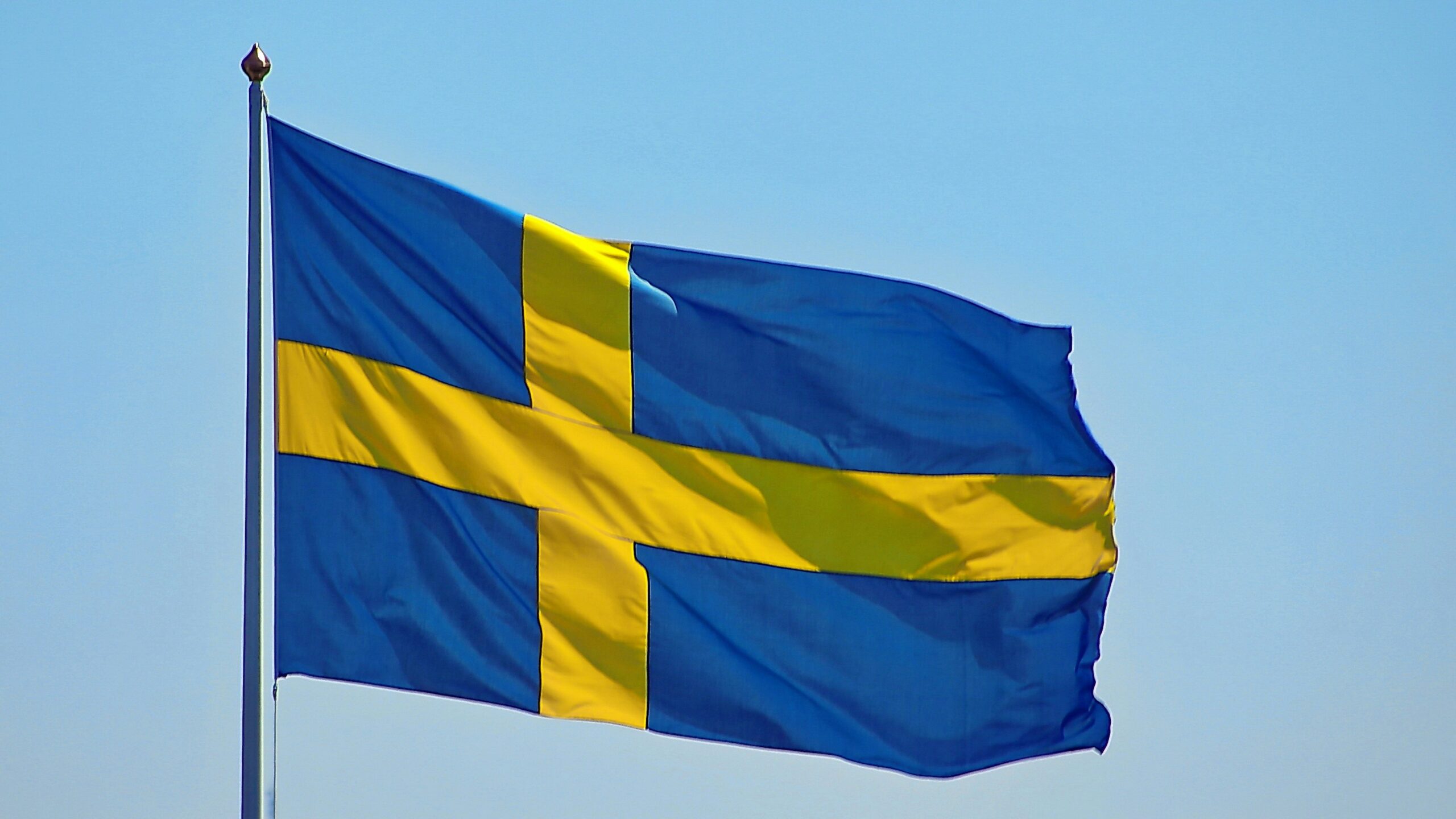By: Anne Darby Keating
Working with the Center’s Human Trafficking Vacatur Clinic this semester has given me a new perspective on the sheer magnitude and force of the criminal justice system, as well as what it will take to combat the root of trafficking. For sex trafficking specifically, women are trafficked to meet a demand (albeit an illegal one). Women are forced into sexual exploitation, breaking a myriad of laws along the way.
The entire purpose of a vacatur law is to correct something that should not have happened. If human trafficking survivors were identified at the initial encounter with law enforcement, vacatur would be moot. Additionally, human trafficking survivors may still be in the midst of trafficking and exploitation when they are initially prosecuted. Because of this, survivors are often unable or unwilling to self-identify as a victim of human trafficking. Therefore, where victims are still being exploited, an affirmative defense is often insufficient. Although vacatur and an affirmative defense are both extremely important tools in protecting survivors, neither is sufficient to truly protect the rights of survivors or combat the root demand that causes sex trafficking.
As with many social dilemmas, everyone has a different solution to this problem. Throughout our clinic course, we have discussed different approaches to combating trafficking and helping survivors. One approach that really surprised me and has inspired many different conversations is the “Equality Model” (sometimes referred to as the “Swedish Model” or “Demand Reduction Model”). (Rebecca Bender, et al., Equality Not Exploitation: An Overview of The Global Sex Trade and Trafficking Crisis, and The Case for The Equality Model, at 11, World Without Exploitation (Nov. 2019).) Currently in the United States, both buying and selling sex is criminalized. The Equality Model suggests decriminalizing selling sex, while still criminalizing buying sex. The model is premised on the idea that prostitution is inherently linked to trafficking. If selling sex is legal, trafficking will meet the demand. If only buying is illegal, it puts pimps and buyers at risk—a risk that cannot be passed on to the women they exploit. The theory posits that increasing the risk will lessen the demand.
This, of course, is simply a brief overview of the Equality Model and everything that it represents. Human Trafficking is an incredibly straightforward issue (it is exploitative, bad, and wrong), but helping survivors and combating it is much more complicated. Vacatur is an important tool to empower survivors, but it does not combat the root of trafficking. The Equality Model attempts to look at the root—the demand for sex—and make it costly.
This post was written by a student at Regent University School of Law. The views expressed in this post do not necessarily reflect those of Regent University, Regent Law School, or the Center for Global Justice.

